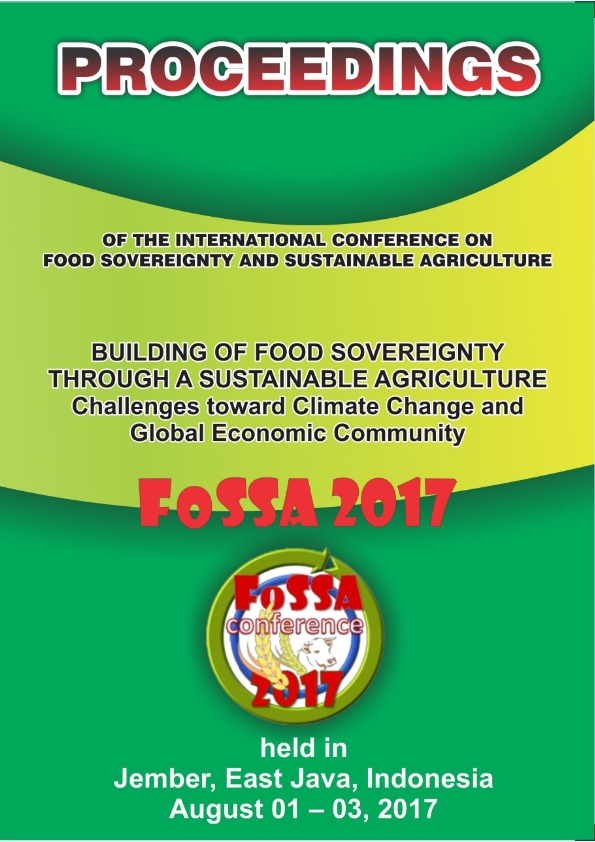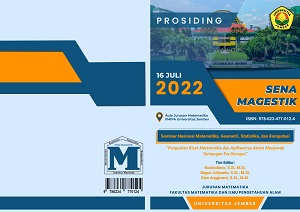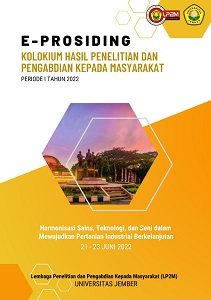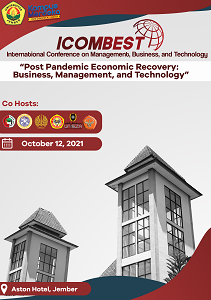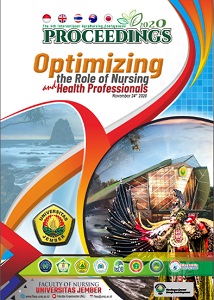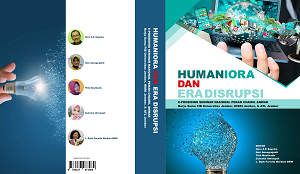DIVERSIFICATION OF OYSTER MUSHROOM (Pleurotus Ostreatus) MEDIA FROM AGRICULTURAL WASTE MATERIALS
Abstract
Utilization of agricultural wastes needs to be researched and developed so there is a
diversification media of oyster mushroom nursery. Waste must contain lignin and protein.
Lamtoro seed and cotton seeds can replace corn. Tofu and soy replace bran. The research
objective is to get the oyster mushroom nursery media from agricultural and agro-industrial
waste. The treatments tested are main media: corn, lamtoro seed, cotton seed and Factor II:
Starter bran, tofu and soy skin. Complete randomized design was repeated 3 times.
Parameter observations include water content, pH, organic C, total N and C / N ratio, rate of
growth, weight of mycelium and production of fresh oyster mushrooms of various seeds
cultured in media tested. The results is 3-5% moisture content, pH 6.5-7.2, 42-46.4% organic
C value, the value of 0.73-1.35% total N and C / N ratio of 33.87-58.90. Media derived from
the lamtoro seeds provide the lowest growth. Mycelium weight reaching 23-25 grams, and
speed of weight gain 1.70-2.66 g / day. 800 - 1100gr per bag log mushroom production.
Conclusion is oyster mushrooms can be grown on media from agricultural and agroindustry
waste and the ability to produce fresh oyster mushrooms are not significantly different from
controls.

